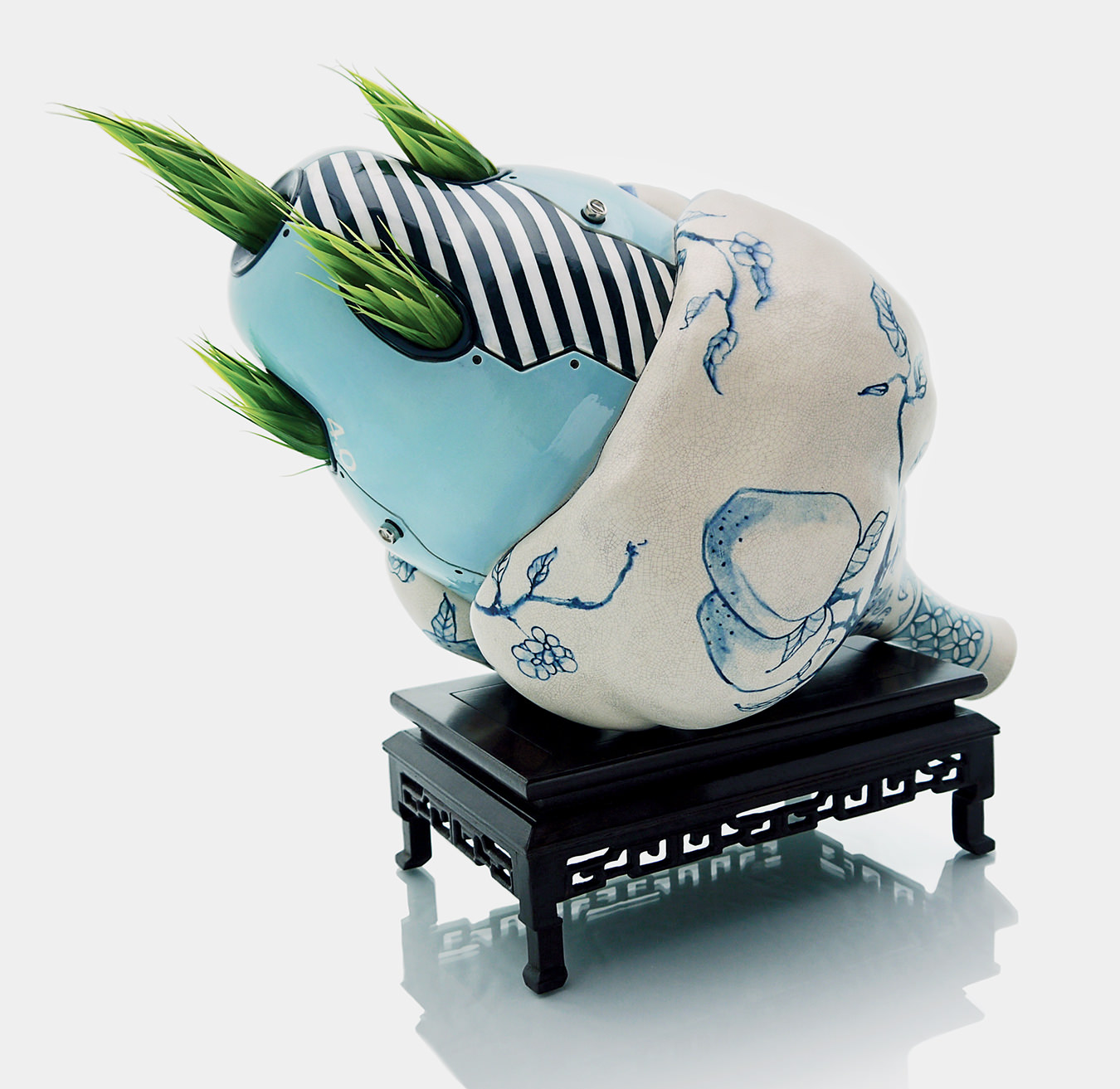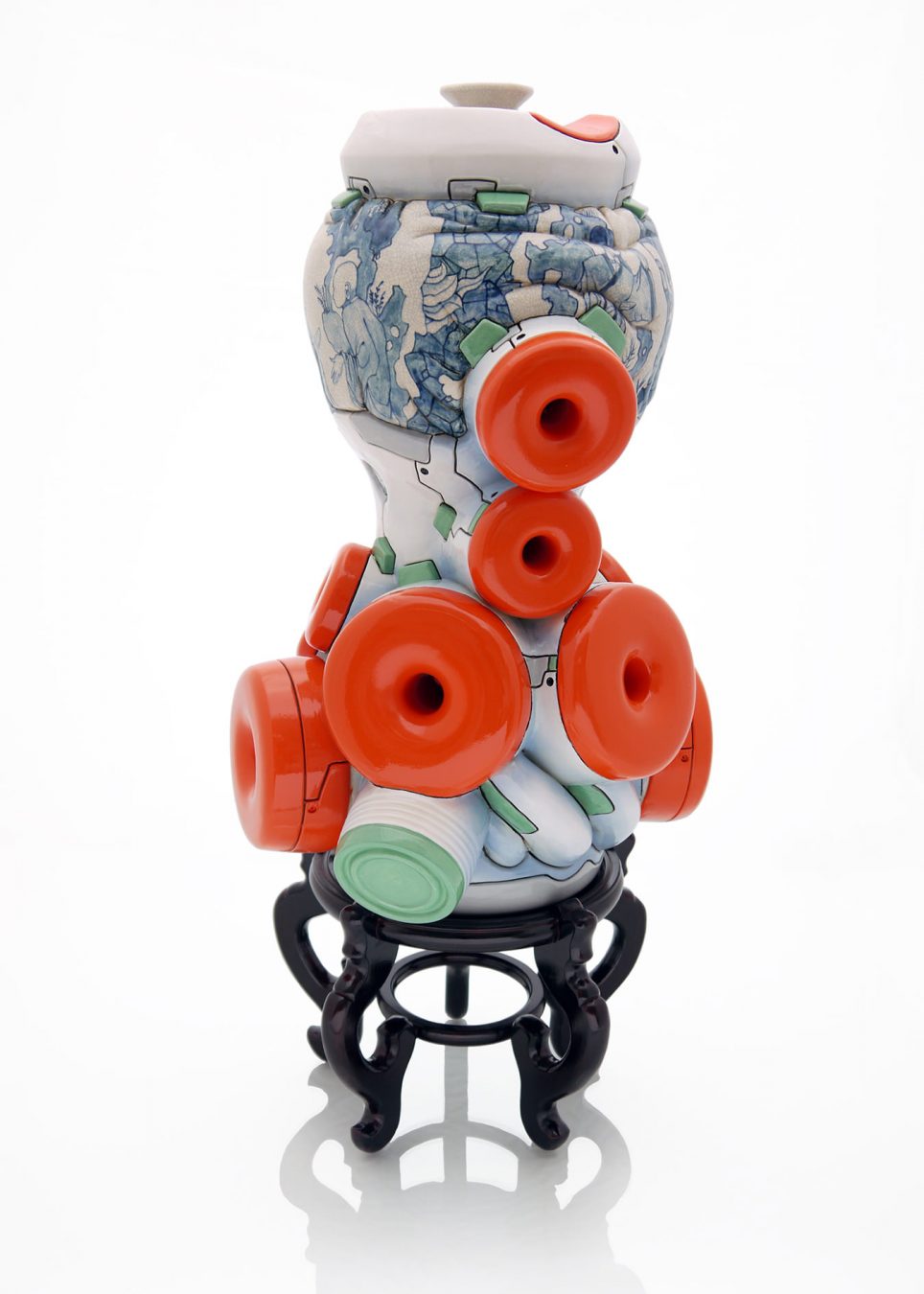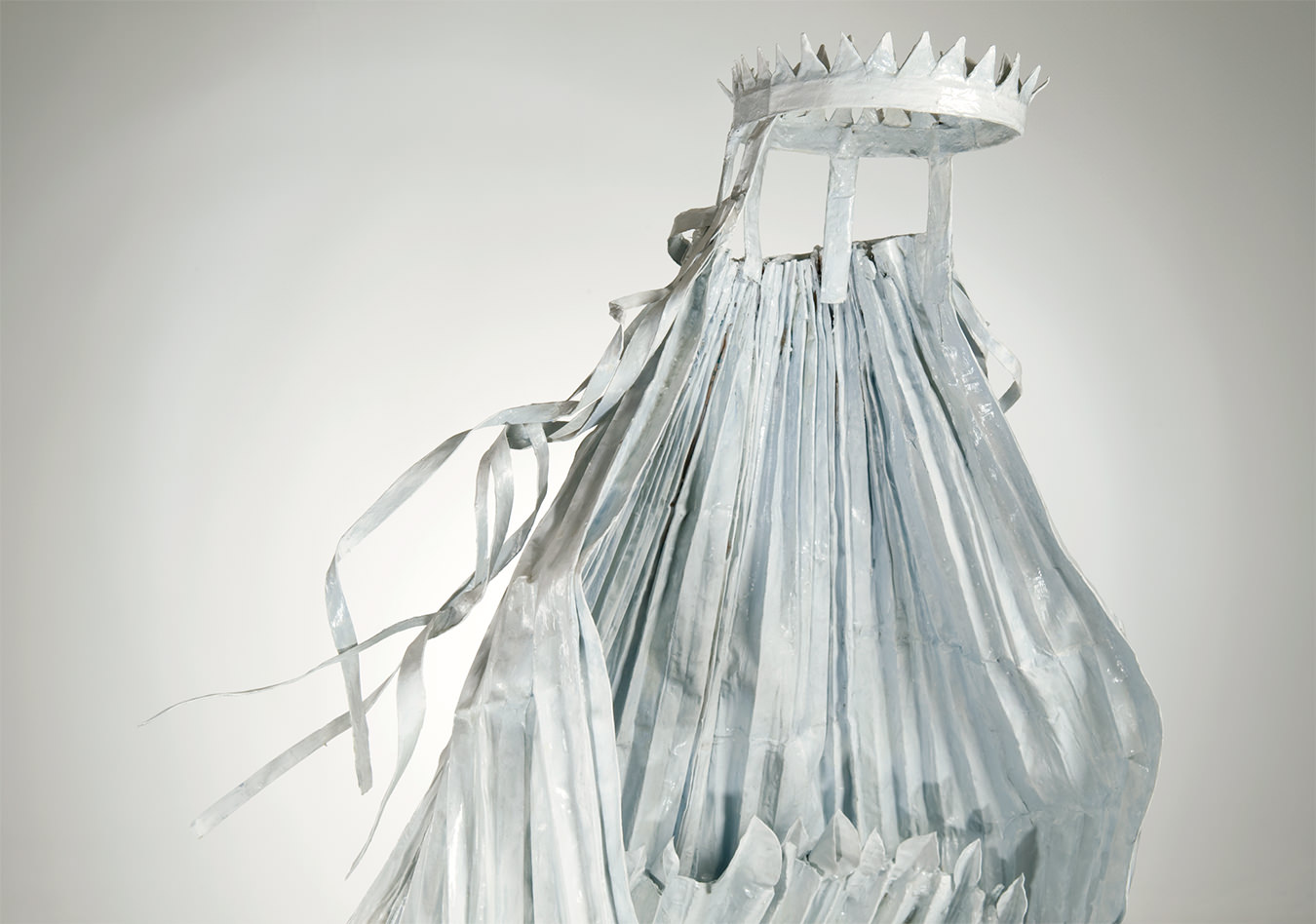In 1925, a team of archeologists excavating a site in central Europe, in the Moravian basin south of Brno, unearthed two ceramic pieces entombed within layers of ash. When fit together, they formed a tiny, fecund female figure with pendulous breasts, a rounded belly and wide, curving hips; these exaggerated reproductive parts lead scholars to speculate her function was related to fertility rituals. Dubbed the Venus of Dolní Věstonice for the Palaeolithic site in which she was uncovered, she is the oldest known example of a fired clay creation, with a birth date circa 29,000–25,000 BCE.
Modelling in clay has morphed in the centuries between the creation of Venus and present day. Long regarded as a “minor craft”, ceramics have emerged from the annals of antiquity and shelves of granny’s china cabinet to become a platform for social commentary, a place to confront tradition, and a medium in which to explore form over function. Clay artists have had an uphill battle; the curatorial world of the 20th century relegated clay to the realm of decorative craft, firmly split from fine art. But innovators in contemporary ceramics such as Ken Price and Gathie Falk have helped to blaze the trail, slow as the burn has been. Price’s five decades of sculpting were recently celebrated in a 2012–2013 retrospective at the Los Angeles County Museum of Art. His biomorphic sculptures—rounded, sensuous, and boldly coloured with chromatic effects—firmly assert themselves as part of the post-war avant-garde and did much to alter the perception of clay as craft.
Although still extricating itself from that tired notion, the market for contemporary ceramics continues to play second string to that of paintings, drawings, and photography. However, with the Price retrospective and other exhibitions such as “Body & Soul: New International Ceramics” at New York’s Museum of Art and Design in 2013–2014, the dynamism of ceramics as a potent art form is gaining greater public awareness. In Canada, the RBC Emerging Artist People’s Choice Award, which annually illuminates the talent of nascent practitioners in clay, just awarded the fourth winner, Robin Lambert from B.C.’s Sunshine Coast. Ceramic art may be finally getting its due.
Contemporary ceramic practices diverge sharply from the figural groups of European nobility and floral-sprayed vases that may initially come to mind. Today’s practitioners are breaking down traditional conventions and Order of Canada recipient Gathie Falk is an early innovator. A pottery pioneer with pieces first modelled in the 1970s, her deft works are self-described “venerations of the ordinary”. Drawing inspiration from everyday domestic life, in particular fruit, eggs, and clothing, Falk’s works reside in galleries and museums across the country; her toothsome pyramids of glossy red apples are near iconic.
Challenging ceramic conventions is evident in the work of Vancouver-based Brendan Tang. In his Manga Ormolu series he plays with ideas of elitism and accessibility through the fusion of classical Chinese blue and white vessels interrupted by colourful robotic extrusions. This hybrid-art results in fantastical, organic marriages of slumped Ming vases with pops of Japanese anime. Meanwhile, U.K. artist Jessica Harrison takes a sardonic approach to traditional ceramic subjects. She riffs on nanny’s twee figurines of dainty ladies in sweeping gowns and gives them a face lift. A recent exhibition featured these belles ornamented in full sleeves of tattoos; adorning their décolletage are lithe snakes, thorny roses, anchors, and pin-up girls. Other works feature her feminine forms cradling their severed heads in their arms instead of a basket of peonies, or swaying in mid-waltz, arms extended to balance a mass of bloodied entrails.
Turner Prize–winning English potter Grayson Perry uses the conventional vase from which to deliver his satirical takes on socio-political themes. With such titles as Spirituality My Arse (1997) or We’ve Found the Body of Your Child (2000), Perry’s pots are textured with drawings, inscriptions, and photo-transferred stills of disconcerting imagery. Close examination of these erstwhile “typical” urns reveals a commentary on issues ranging from abuse and environmental disaster to society’s obsession with stardom. The function of his vessels is incongruous with our expectations of its form as his works illuminate the dark side of our collective id.
As ceramics establishes itself in the world of fine art, it is largely quite affordable. With the exception of the likes of Gathie Falk and Grayson Perry whose works can reach five and six figures at galleries, contemporary ceramics can have a place in many a home and a spot beside Venus at the museum.













